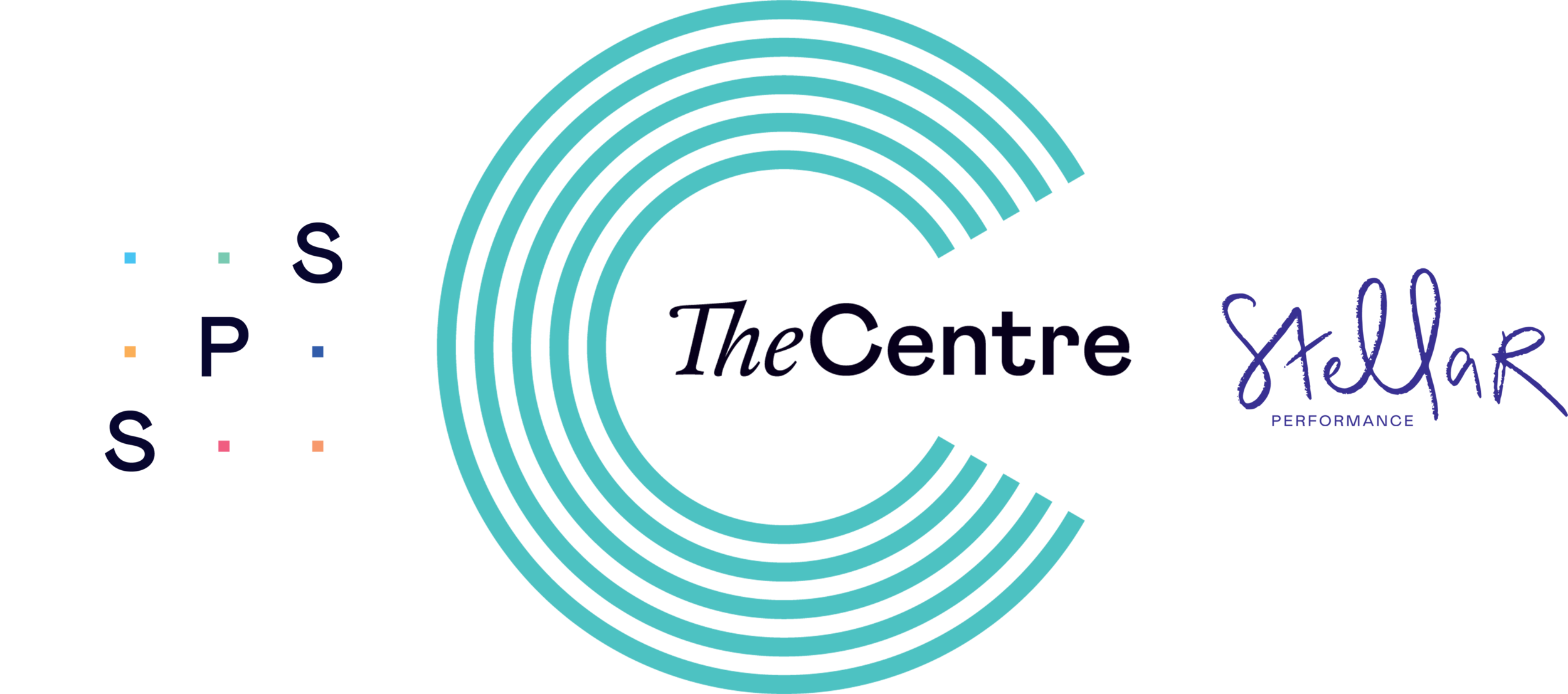F - Fascia or Food for thought?
Fascia and how to ‘release’ it is at the top of many therapists list of skills to learn and a structure to understand……yet it is still in its therapeutic infancy and provides much food for thought…..
Are you a devotee of direct , indirect or combined skills? A Stecco, Myers or Schleip methodologist or a follower of another practitioners work?
As a practitioner of massage and soft tissue skills it is seldom one skill, one method or one style but a combination of skills, experience and a ‘what works’ for me unique practitioner/therapist technique that develops.
So how do we know if we are effective? How do we know if the combination of skills and style of application is the best it can be?
To answer these questions we have to understand the structure we are trying to ‘change’ or ‘alter’ in some way.
Fascia in the Oxford English Dictionary is defined as ‘A thin sheath of fibrous tissue enclosing a muscle or other organ’.
If we look at Medical-Dictionary definitions then fascia is described as ‘a sheet or band of fibrous tissue such as lies deep to the skin or invests muscles and various body organs’
Neither definition gives the full story or a mental picture from which to work as therapists and practitioners . This descriptor I came across is more colourful in its ability to help us understand fascia ‘a band or sheet of connective tissue, primarily collagen, beneath the skin that attaches, stabilizes, encloses, and separates muscles and other internal organs’. We start to appreciate the ‘function’ of the structure described by C Stecco as “ characteristics of the human fascial system in its three dimensional continuity”.
It is the deep fascia which is described by Farlex Partner Medical Dictionary which helps us appreciate the complexity of this structure:
“a fibrous membrane of variable thickness, devoid of fat, which invests the muscles, separating the several groups and the individual muscles, forms sheaths for the nerves and vessels, becomes specialized around the joints to form or strengthen ligaments, envelops various organs and glands, and binds all the structures together into a firm compact mass”.
The fascia creates different interdependent layers with several depths, from the skin to the periosteum, forming a three-dimensional mechano-metabolic structure.
What is it about this structure we wish to change or alter? We have to thank (Merci) Dr Jean Claude Guimberteau for allowing us to see the structure in his ‘Promenades sous la peau’ - Strolling under the skin, a must see video for therapists as an aid to understanding.
In order to measure effectiveness we must have a starting point …Assess, Assess, Assess! From assessment will come objective and subjective markers which we can retest. If you need to improve, develop or learn assessment skills then consider a One - to - One session.
When your intention is to change fascia whether to improve its hydration, role in stability , mobility or attachment it is important to utilise another “F” - Feel. Palpation of structures or how they are perceived through touch by the therapist or client/patient is a very individual and to some extent a nebulous concept. We each develop and define our own language, gauges and descriptors when communicating with clients/patients and they in turn provide descriptions of the pain, restrictions and effects the tissues have on them and their daily lives.
We are the detectives and hopefully the sleuths that track down the soft tissue culprits and change or contain them to the best of our ability and hopefully to the satisfaction of the victim of fascial architecture that is no longer aesthetically pleasing!
To start your journey of perception of fascial change and ultimately effective therapy, take a piece of clingfilm, place it on a surface, close your eyes and place your finger tips at one end. Have a colleague or friend put pressure somewhere on the surface of the cling film sufficient to make lines of tension and see if 1. you can ‘feel’ the tension and then 2. place your finger on theirs ??- keep those eyes shut! Perception of subtle change in tension along with an ability to identify ‘healthy tone’, ‘normal texture’ and elasticity of soft tissues will help in your journey to find ‘‘what works for you” and which philosophy/methodology and skills to pack in your ‘tool box’.
If you need any further help, support or guidance then contact us to arrange a One to One or attend a course in advanced soft tissue skills, assessment or agree a bespoke education programme.

